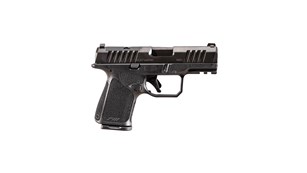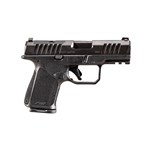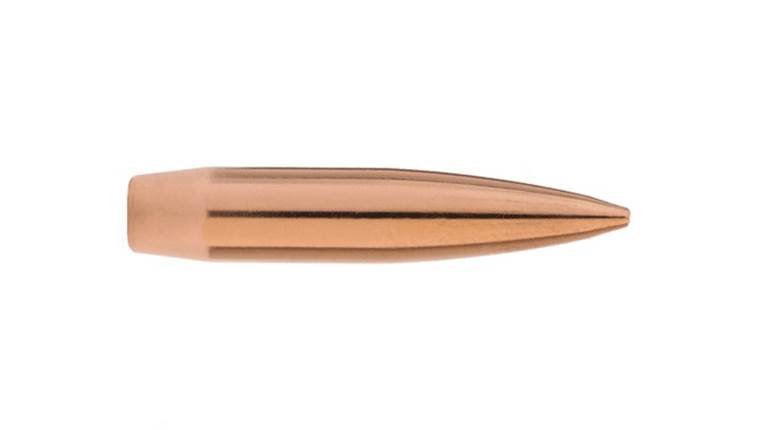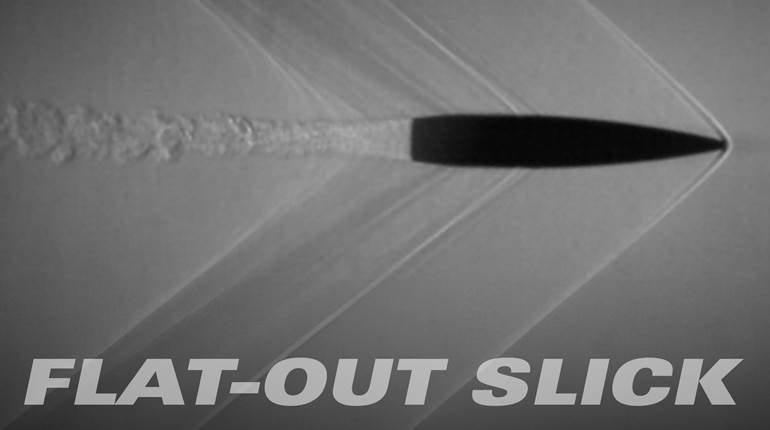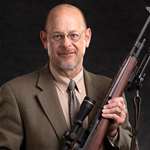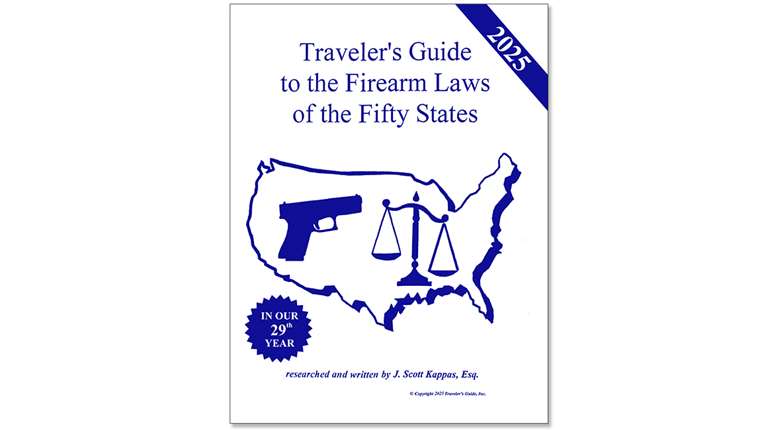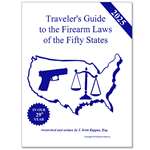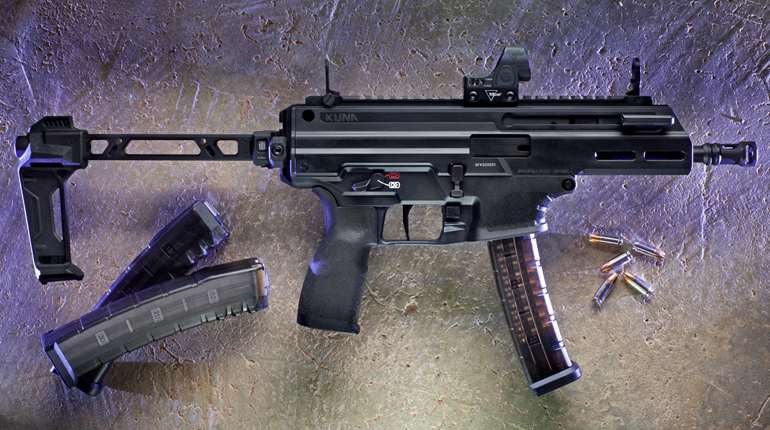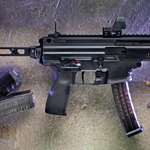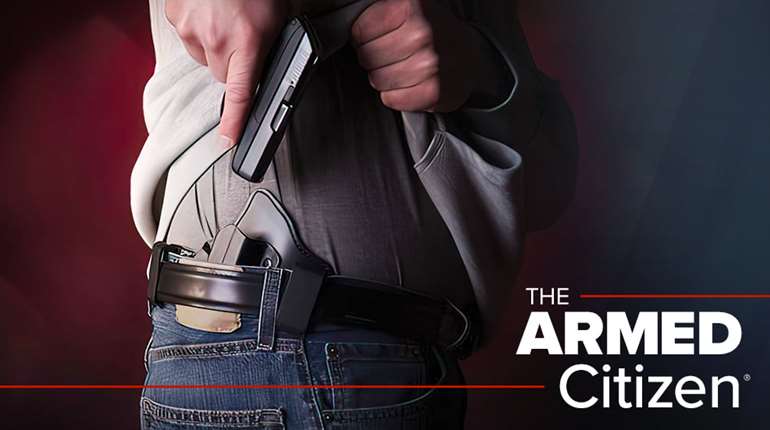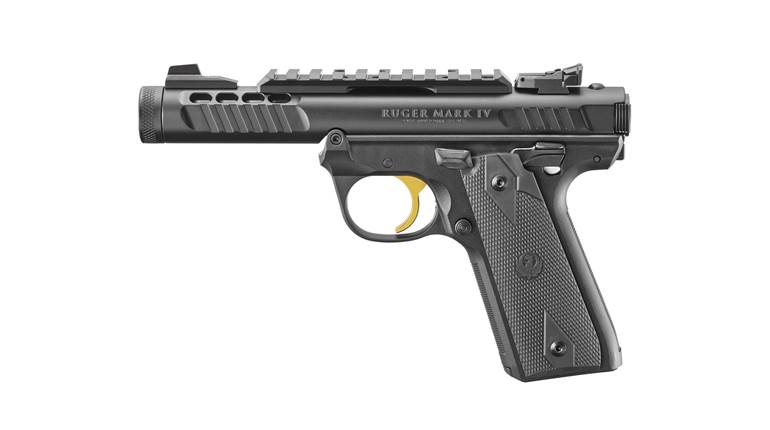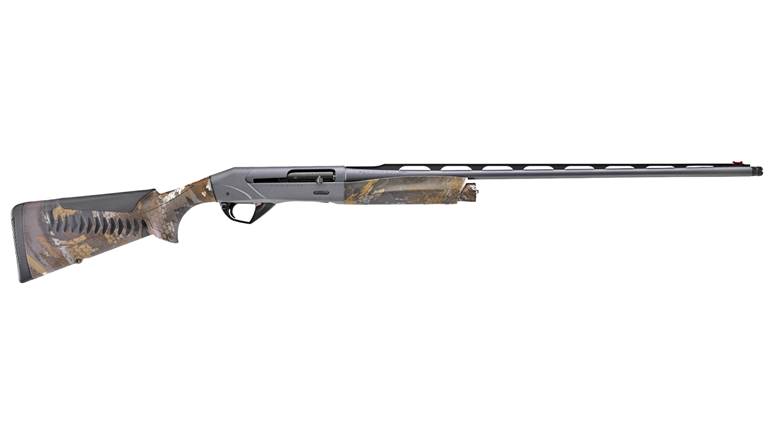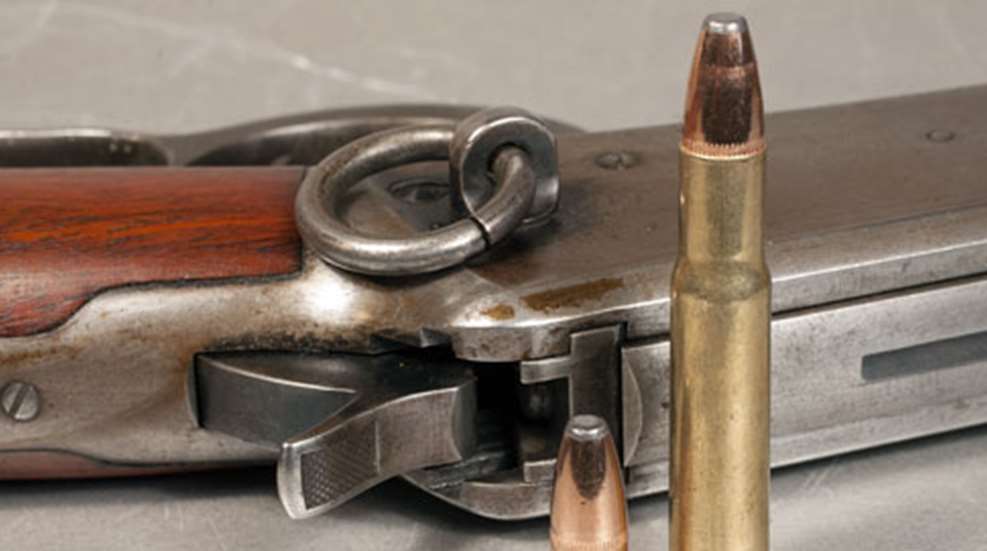
4/30/2013
For someone with an undying affection for antique rifles, nothing is better than shooting a rifle that suggests an interesting history. So imagine my delight when I acquired two old Winchester Model 94 carbines chambered in .32 Win. Spl. The several months I spent reviving the rifles and developing loads for them was pure pleasure, interspersed with some head-scratching.
One of the Model 94s was made in 1910 and was in rather poor shape. We’ll call it the “old” rifle. The “new” Model 94 was made in 1925 and was in much better condition.
The metal of the old 94 was covered with a “goo” of trail dust and horse sweat and pocked with splotches of rust. Slow and steady rubbing with Mr. Clean Magic Erasers and mild bore solvent removed the gunk, but did not affect what bluing remained on the metal. The stock was chiseled and cracked and as worn as the handle on a wood splitting maul. With no concern about ruining its collector’s value, I filled in the gouges with stock epoxy and sanded the stock. Not much of the wood would have remained if all the nicks and scratches were sanded out. Several coats of finish rubbed on the wood and the remaining nicks gave the rifle a patina of use, not abuse.
The metal on the new rifle was fairly clean, although no bluing remained on the receiver. The wood was only somewhat battered on the 1925 carbine. A couple layers of hard rubber had been added under the steel buttplate to lengthen the pull.
Such rifles need shooting. Several years ago Hornady introduced a 165-grain Flex Tip bullet in .32 Spl. in its LEVERevolution ammunition. “Every box we make is out the door and sold,” reported a company employee, “so there are still a lot of folks shooting .32 Specials.” Hornady lists the muzzle velocity of the 165-grain bullets at 2,410 fps. The bullets had a muzzle velocity of 2,270 fps from the old Model 94 and 2,289 fps from the new 94. Accuracy was good with an average of 2.96 inches for two, three-shot groups from both rifles. But alas, the bullets impacted 7 inches above aim at 50 yards and 5-inches high at 100 yards with the rear sight on both rifles set as low as they would go.
Various loading manuals give velocities of up to 2,200 fps with 170-grain jacketed bullets. At that speed, though, the bullets would hit too high above aim at 100 yards. So what rate was correct to mesh with the rifles’ sights? The Speer Bullets Reloading Manual No. 14 in its foreword on the .32 Spl. quotes the 1902 Winchester catalog as stating “Loaded with Smokeless powder and a 165-grain bullet, it (the .32 Special) has a muzzle velocity of 2,057 foot seconds.”
I aimed for that velocity with handloaded Speer 170-grain HCFN bullets using four different propellants shot through the old Model 94. IMR4064 came close at 2,042 fps and produced a great 1.33-inch, three-shot group at 100 yards. That load clocked an average of 2,085 fps from the new carbine with several groups between 1.15 inches and 3.31 inches. The cast bullets impacted close to point of aim at 100 yards with the rifles’ front beads in the lowest rear sight setting.
The old rifle has rear “express sights” with three leaves of various heights. The leaves are calibrated for a specific load so each leaf can be used for an ever increasing distance. From what I’ve read, the distances are supposed to be 50, 100 and 150 yards. Marked on the bottom leaf, though, is “50”, “1” on the middle leaf and “2” on the top leaf. After punching some numbers into a sight height formula, followed by some shooting, I computed that the three-leaf sight on the Model 1894 was regulated for more like 100, 200 and 300 yards with jacketed bullets at 2,000 fps. This is a moot point, though, as the rifle shot, at best, 5-inch groups at 150 yards. When the rifle was new it may have shot better, and the original owner may well have shot out to 300 yards. At least when the cowboy flipped up the tallest leaf he would have had some confidence that he could scare a wolf clean out of the county.
The new Model 94 wears a ladder-style rear sight, which was somewhat standard on Winchester carbines. With the ladder down, a leaf with a notch is visible. That notch put the Speer bullets right on aim at 100 yards and only 3-inches low at 150 yards. Flipping up the ladder exposes a second notched leaf that slides up and down the ladder. With the leaf placed in the bottom of the ladder the Speer bullets hit 6½-inches high at 100 yards and 6-inches high at 150 yards. The ladder is graduated up to “20.” Of course, accurate shooting with this rifle at 2,000 yards is pure fantasy.
Cast Bullets
To continue shooting these .32 Winchesters will require tender treatment of their bores. Shooting lead-alloy bullets provides that gentle care. I cast bullets from an RCBS 32-170-FN mold with a lead alloy (92-percent lead, 6-percent antimony, 2-percent tin), sized the bullets to 0.321 inches in diameter and seated gas checks on their bases.
Unfortunately, the cast bullets shot poorly through the worn bore of the old Winchester with four different propellants. With a muzzle velocity of 1,314 fps with H4198, two bullets hit fairly close together at 50 yards. But the third bullet flew wide. Higher velocities caused bullets that did hit the target to impact sideways.
In his article “Bullet Fit is the Key to Accuracy” E.H. Harrison states that with jacketed bullets, “So long as the bottoms of the grooves remain uneroded and the body fills them, the bullet will be guided.” But accuracy with cast bullets depends on the fit of the bullets on the rifling lands. That makes sense because the worn lands of the old .32 shot jacketed bullets well enough, but cast bullets poorly.
However, the new rifle shot well with cast bullets. With 22.0 grains of Accurate 5744 velocity was 1,800 fps and three bullets grouped in 2.45 inches at 100 yards. However, these hit about 5 inches below aim. Bumping the powder weight up to 25.0 grains increased velocity to 2,034 fps. Three shots landed in 1.53 inches, only a couple inches low using the bottom leaf.
Aiming with the leaf in the bottom of the ladder raised bullet impact too much as the bullets then hit 6½ inches high of aim. So aiming with the bottom leaf and the bullets hitting a couple inches low is close enough for general shooting and deer hunting with the new, old .32 Spl.
There’s no way to be sure what kind of action the two Winchesters saw before they came into my possession, but it’s rewarding to use handloading to extend their utility well into the future.


